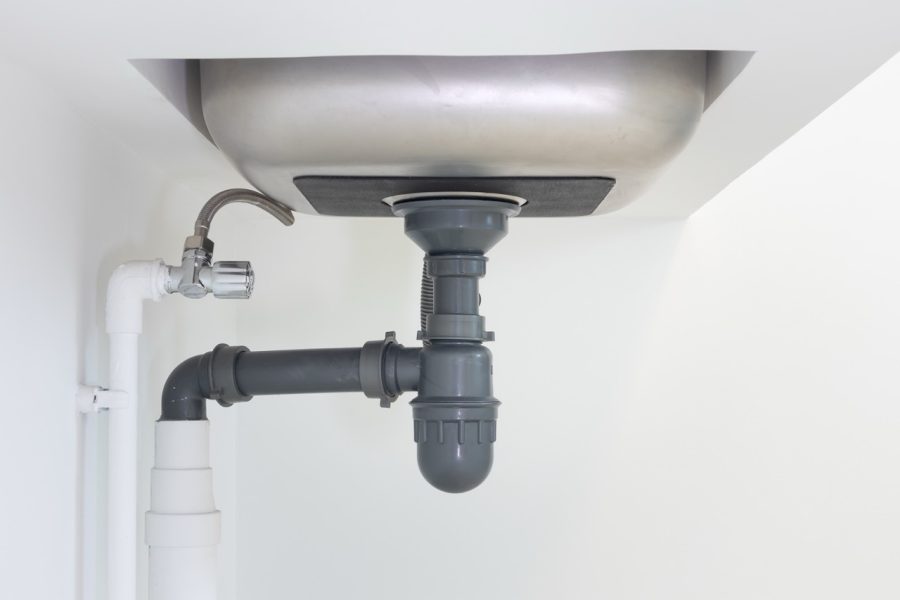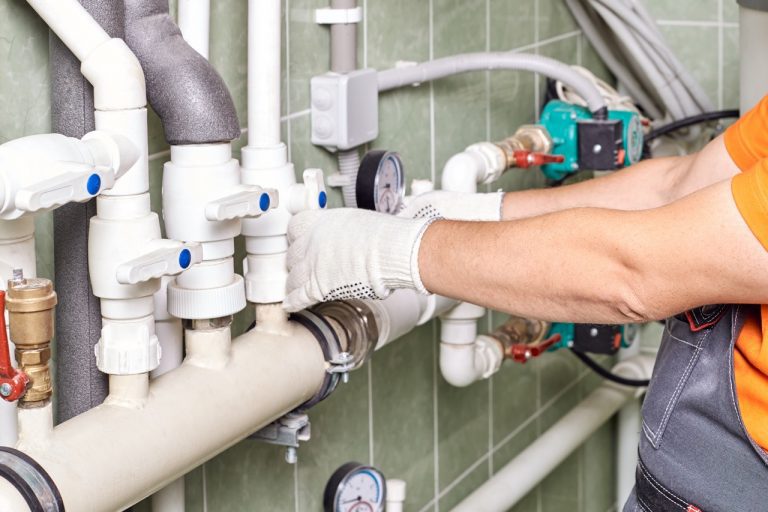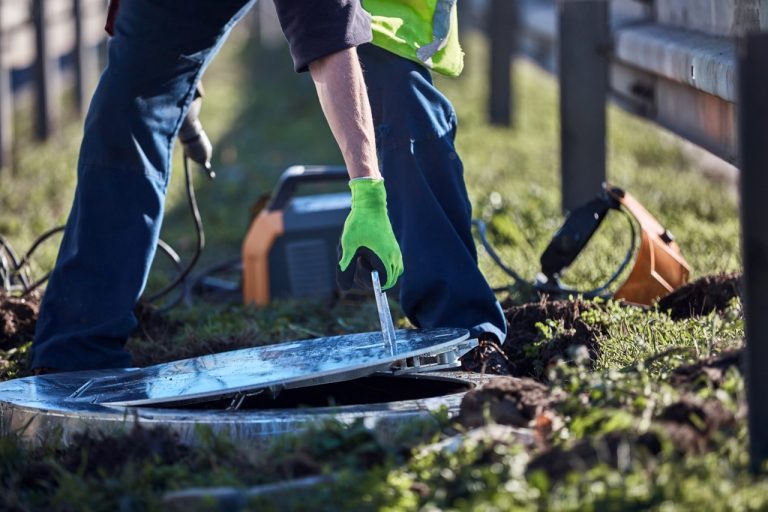Trap Primers 101: The Key to a Fresh, Healthy Plumbing System

How Trap Primers Keep Your Plumbing System Fresh
Most homeowners never think about trap primers—yet these small devices play a major role in keeping your home smelling clean and safe. Without them, dry drains and unused fixtures can allow unpleasant sewer gases to seep into your living spaces. Understanding how trap primers work can help protect your plumbing system and improve indoor air quality.
What Is a Trap Primer?
Every drain in your home has a “P-trap,” a curved pipe that holds a small amount of water. This water barrier blocks odor-causing sewer gases from escaping into your home. But if a drain goes unused for long periods, the water in the trap evaporates, removing that protective seal.
A trap primer is a device that automatically supplies water to a drain trap, preventing it from drying out. It ensures that drains you don’t use often—such as floor drains in basements, laundry rooms, utility areas, or mechanical rooms—always have enough water to maintain an effective seal.
Why Trap Primers Are Important
1. They Prevent Sewer Odors
The main purpose of a trap primer is to keep foul smells where they belong—inside the sewer lines. When a trap dries out, odors enter your home quickly, especially in humid or enclosed areas.
2. They Improve Indoor Air Quality
Sewer gases aren’t just unpleasant—they can also contain harmful bacteria and methane. A trap primer maintains your home’s air quality by ensuring the plumbing system remains sealed.
3. They Reduce Maintenance
Without a trap primer, you’d need to manually pour water into rarely used drains to keep them working properly. A primer does this automatically, saving you time and effort.
4. They Prevent Pest Issues
In some cases, dried-out traps can allow small insects or sewer pests to enter through drain openings. A trap primer helps keep these critters out.
Types of Trap Primers
There are several types of trap primers, each designed for specific plumbing systems:
- Pressure-activated primers: Turn on when water pressure in the line changes.
- Electronic primers: Connected to power and release water at set intervals.
- Flow-activated primers: Trigger when water flows in a nearby fixture.
Your plumber can recommend the right primer based on your home’s plumbing layout.
Signs Your Trap Primer Isn’t Working
You may need service if you notice:
- A persistent sewer smell in basements or utility rooms
- Floor drains that look dry
- Frequent need to manually add water
- Increased indoor humidity or musty odors
A malfunctioning trap primer may be clogged, improperly installed, or simply worn out.
Professional Installation Matters
Trap primers must meet plumbing code requirements and be installed correctly to function properly. At Putman & Son’s Plumbing, our experienced team ensures that your trap primer is sized, placed, and installed to keep your plumbing system sealed and odor-free.
Keep Your Home Fresh and Protected
If you’re noticing unexplained odors or suspect your trap primer isn’t working, our licensed plumbers can inspect, repair, or replace it quickly.
248-652-0990 | pnsplumbing.com




